Known as the father of electricity, Michael Faraday was an English scientist who discovered the laws of electromagnetism. His inventions paved the way for the first electric motors Founder of Electricity In science, electricity and its history are fascinating topics that can help your children understand how life has changed because of electricity.
The History of Electricity

Learning about the history of electricity is an excellent way of considering how advanced modern technology is. Delve into this fascinating topic with this informative, engaging wiki page with a detailed electricity timeline.
Who discovered electricity?
Benjamin Franklin is credited for discovering electricity in the 1700s with his kite experiment, in which he flew a kite with a mIn science, electricity, and its history is a fascinating topic that can help your children understand how life has changed because of electricity.
600s
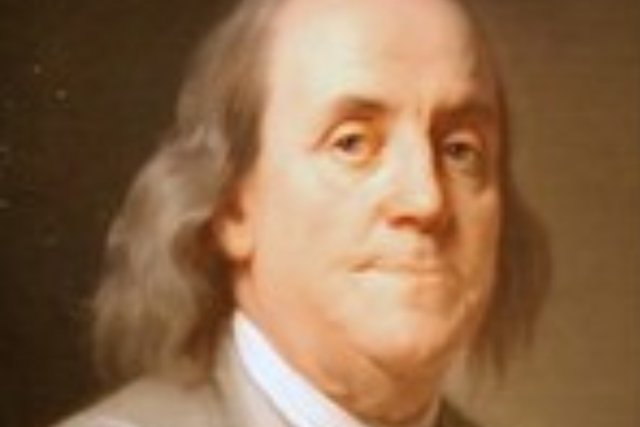
Benjamin Franklin: A Greek named Thales discovered that amber attracts feathers and other light objects when rubbed with silk. This is static electricity. The Greek word for amber is ‘ëelectron,’ from which words such as ‘electricity’ and ‘electron’ come.
1600s
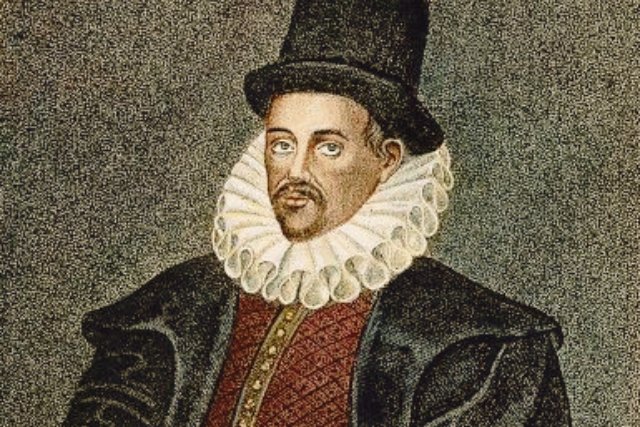
William Gilbert, a scientist and physician to Queen Elizabeth I, invented the term ‘electricity.’ He was the first to recognize a connection between magnetism and electricity and to describe the Earth’s magnetic field.
1700s
Benjamin Franklin: In the 1700s, machines to produce static electricity were first introduced. At first, they were just for fun and nicknamed ‘parlour trick machines.’ Over the century, they developed and advanced.
1705s
William Gilbert: Francis Hauksbee invented neon light. He created electrical effects by placing mercury into a glass globe, pumping out the air, and spinning it. It glowed when he did this in the dark, and then he rubbed it with his bare hand. He had invented neon light without even knowing it.
1752s
Benjamin Franklin, a famous U.S. politician, proved that lightning is a form of electricity by flying a kite with a metal tip into a thunderstorm.
1780s
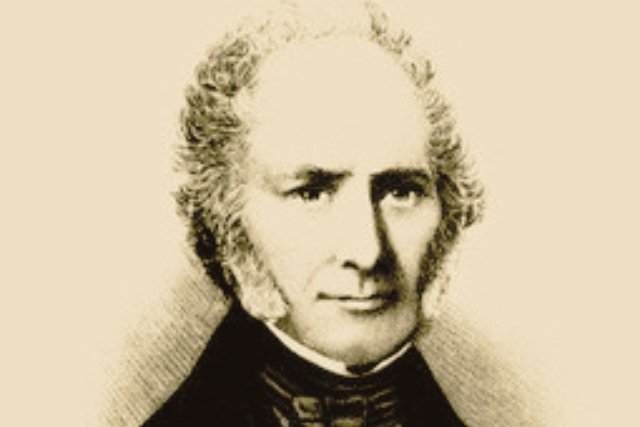
William Sturgeon: An Italian man named Luigi Galvani discovered that it twitched violently when he touched a dead frog’s leg with a knife.
1800s
Alessandro Volta created the first simple battery using pure silver and zinc discs placed between muslin dampened with a salt solution. This battery was developed from Galvani’s experiment with the frog’s legs.
During the same year, Sir Humphry Davy discovered electrolysis. When he passed an electrical current through some substances, they began to decompose, known as electrolysis. Davy’s experiments later led to the discovery of various elements, including calcium, magnesium, strontium, and barium.
1820s

Michael Faraday: Magnetic fields caused by electricity were discovered. Hans Christian Oersted, from Denmark, found that when electricity flows through a wire, it generates a magnetic field that affects the needle of a nearby compass.
1821s
Michael Faraday discovered that when a magnet is moved inside the coil of a copper wire, a tiny electric current flows through the wire. This discovery led to the invention of electric motors.
In the same year, Thomas Johann Seebeck discovered thermo-electricity.
1826s
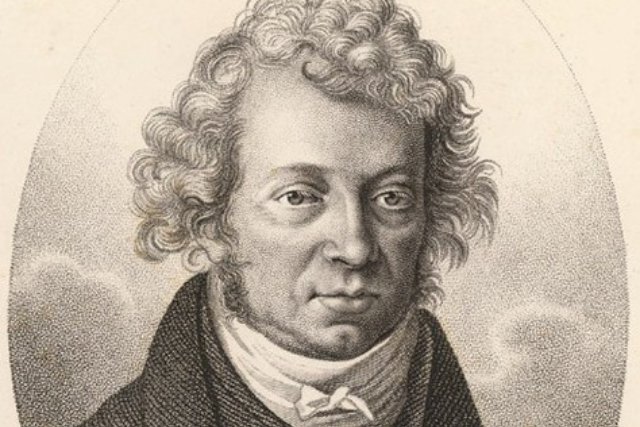
André Ampère published his theories about electricity and magnetism, explaining the electro-dynamic theory. He was the first person to explain this theory.
1827s
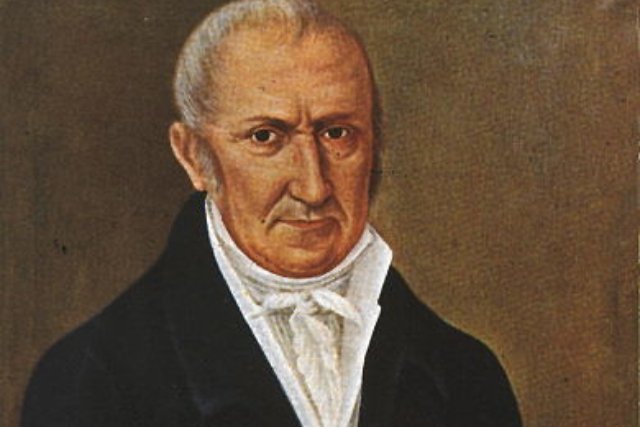
Alessandro Volta’s German college teacher, George Ohm, published his complete mathematical theory of electricity. Now, the unit of electrical resistance (ohm) is named after him.
1829s

Joseph Henry showed that a wire wrapped in coils produces greater electromagnetism than a straight one.
1830s
Joseph Henry discovered the principles of the dynamo — an electrical generator.
1831s
Michael Faraday demonstrated electromagnetic induction by passing a magnet through a coil of wire.
Charles Wheatstone and William Fothergill Cooke also created the first telegraph machine.
1834s
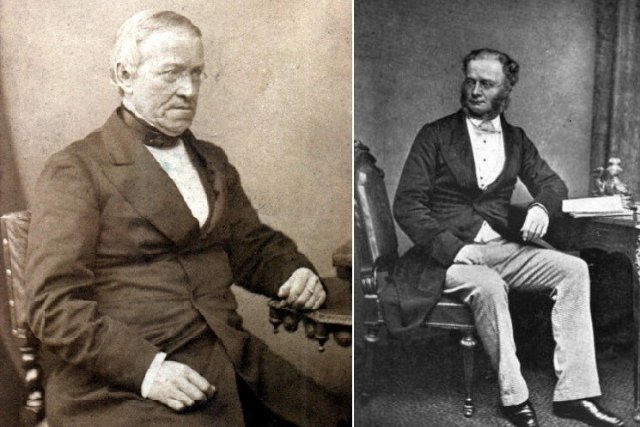
Charles Wheatstone successfully measured the velocity of electricity using a revolving mirror and four miles of wire.
1838s
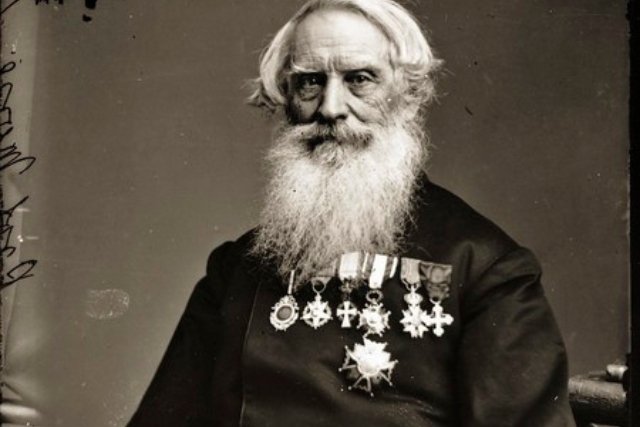
Samuel Morse invented the Morse Code at an exhibition in New York. He demonstrated sending ten words a minute with his new telegraph machine.
1870s

Thomas Edison built a D.C. (direct current) electric generator. After this, he provided all of New York’s electricity.
1876s

Alexander Graham invented the telephone using electricity.
1878s
A British scientist named Joseph Swan demonstrated the first electric light with a carbon filament lamp. A few months later, Thomas Edison made the same discovery in America.
1880s
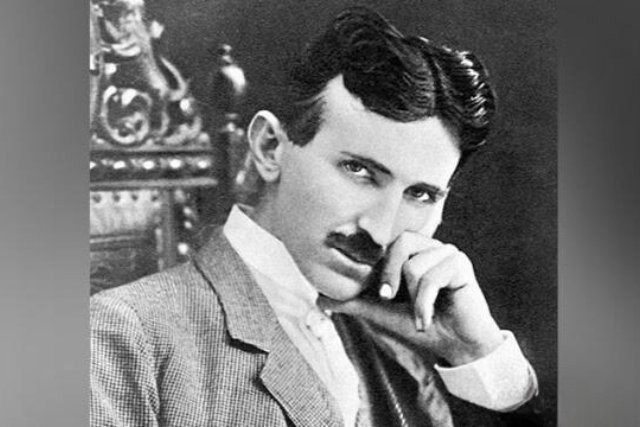
Nikola Tesla developed an AC (alternating current) motor and a system of AC power generation. Thomas Edison believed this threatened his D.C. supply, so he spread stories that it wasn’t safe to use.
Tesla also invented the Tesla Coil. He used this coil to produce extremely high-frequency currents in ordinary household currents, which he used to develop some of the first neon and fluorescent lights.
1881s
Thomas Alva Edison The first public electricity supply in the U.K. was generated in Godalming, Surrey, using a water wheel at a mill.
1883s
Thomas Alva Edison Magnus Volks built the first electric railway, which opened on Brighton seafront. The Volks Railway, one mile long and still runs during summer, was built just for pleasure rides.
1884s

Charles Parsons built the first turbine, an engine that uses jets of high-pressure gases to operate. This engine was later developed to drive boat propellers, including the ones on the Titanic.
1886s

Heinrich Hertz produced and detected electric waves in the atmosphere.
1890s
Thomas Edison turbine-driven generators were introduced to produce electricity.
1892s
Thomas Edison A Dutch physicist named Hendrik Lorentz published his electron theory.
1895s
Wilhelm Fein invented the first electric hand drill.
A German physicist, Wilhelm Roentgen, discovered invisible rays that made a screen glow and passed through objects. These rays were X-rays.
1896s
Thomas Edison Nikola Tesla’s hydroelectric power generators at Niagara Falls were put into operation. Within a few years, these generators supplied electricity to New York City for the elevated railways, the subways, and the lights on Broadway.
1897s
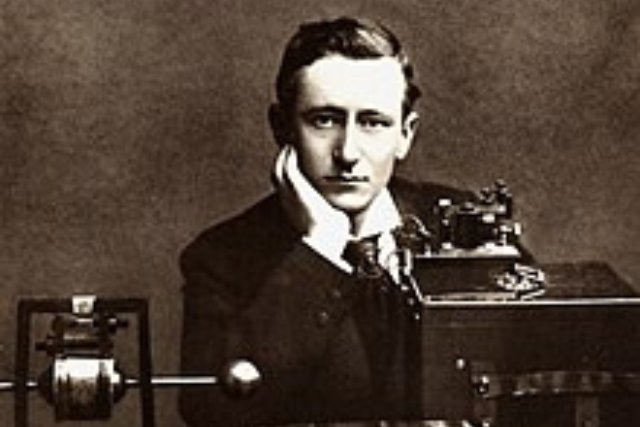
Guglielmo Marconi sends a radio message from the Isle of Wight to Poole, which is 20 miles (ca. 32 km) away. He later sends a message across the Atlantic.
1905s
Albert Einstein demonstrated that light energy could be used to produce electricity.
1918s
Thomas Alva Edison Electric refrigerators and washing machines first become available.
1936s
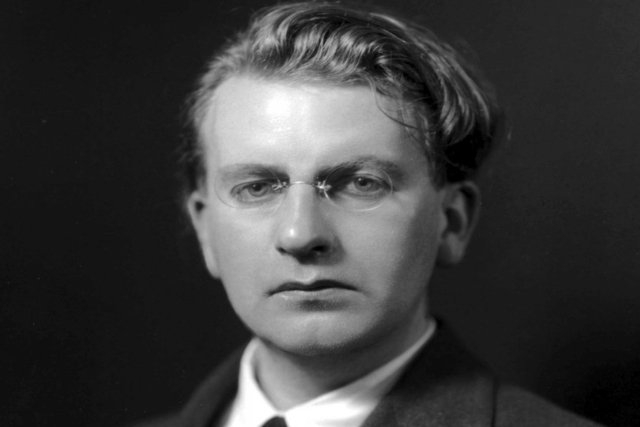
John Logie Baird invented the television.
1960s
Robert Ward, The U.K. developed advanced gas-cooled reactors to improve on the previous Magnox stations. France and the USA adopted water-cooled reactor technology.
1994s
Francis Hauksbee The U.K.’s first pressurized water reactor (PWR), which took seven years to build, was opened at Sizewell B in Suffolk.
2000s
Benjamin Franklin The world’s first commercial wave power station on the Scottish island of Islay began generating electricity. Devices on the shoreline or out at sea use motion from the waves to compress air to drive a turbine or hydraulic pumps. The station can provide energy for around 400 homes.
Resources on electricity

Looking for resources that focus on the history of electricity or explain how it works? Here are a couple of electrifying resources we provide:
This is a reading comprehension activity covering the history of electricity. Read about the key scientists, research, and inventions that led to widespread electricity use.
These Timeline Sequencing Cards are an excellent way to help children learn about the history of electricity.
Advantages of electricity
Easily accessible and produced.
Easy to manage and transport.
Renewable source of energy.
Valid in the houses.
Reduce greenhouse emissions.
Disadvantages of electricity
Sometimes electricity becomes more dangerous and harms us and our families.
So we use electricity carefully.
Electric power plants cause water and land pollution and other issues that affect living organisms.
Conclusion
Without electricity, you wouldn’t be able to view this page or be on a computer at this very moment. We all live by electricity, whether we notice it or not; some of us wouldn’t survive without it because it is a much-needed energy source in our everyday lives. We live by this incredible creation that Mother Nature has given us, and we have been able to control it with our hands throughout centuries.

